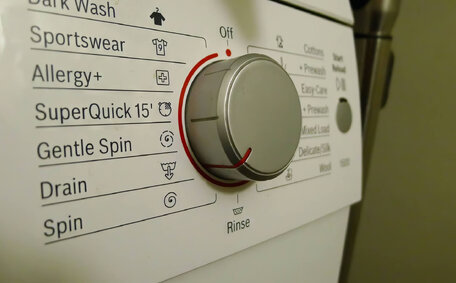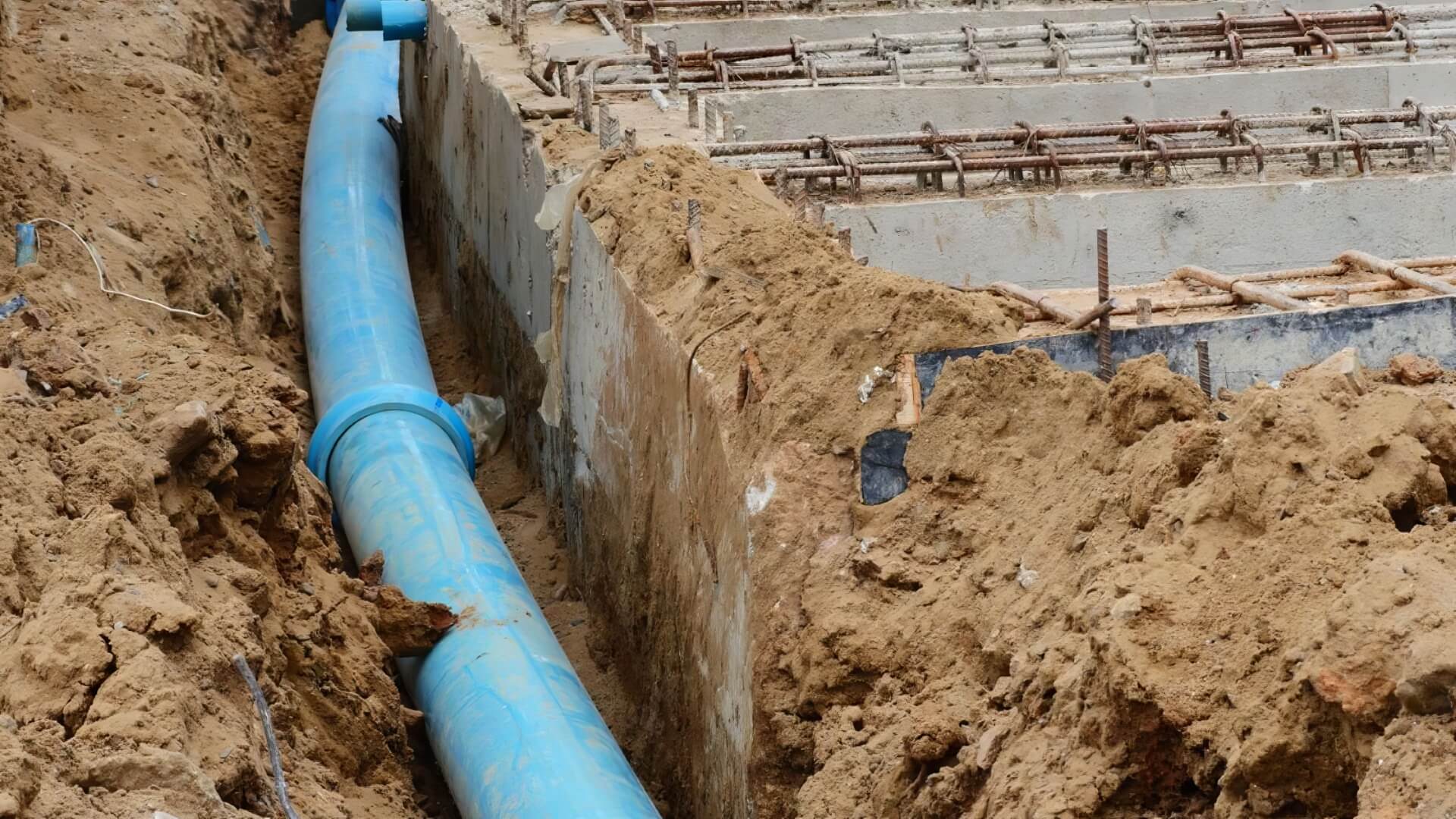Understand How Winter Impacts Hot Water Systems
During the winter months, colder external conditions force hot water systems to expend more energy heating water. Colder inlet water demands additional energy to reach the set temperature on your water heater. Understanding how to thaw frozen pipes is crucial, as it can prevent shortening the lifespan of your water heating equipment.
There is also an increased risk of pipes freezing, as well as tanks, during cold temperatures. It’s critical to understand how to prevent pipe freezing to bypass expensive repairs and water damage due to leaks from burst pipes.
Water in pipes or tanks that freezes below 0C may expand, leading to burst pipes and cracked tanks.
Moreover, winter brings concerns of sediment buildup and corrosion to hot water systems, as the cooler water tends to harbour more dissolved minerals that precipitate inside tanks.
Fluctuating usage patterns, especially if you have solar hot for water systems, can also accelerate corrosion, making it essential to winterize your water heater winter. Diligent maintenance is key, addressing whatever your tank water heater needs to get ready and stay efficient as an integral part of your home’s comfort.
That’s why it’s essential to make sure your water heater is part your winter-ready routine to safeguard against the chill. Simple measures like insulating pipes and tanks, fine-tuning thermostat settings, leak detection, and anode rod upkeep are instrumental in protecting your system and managing energy costs.
Check and Maintain Key Components
Regular winter maintenance can preserve your water heater’s condition and prevent costly damage.
Begin these key maintenance steps to secure all components of your water heater:
- Examine the anode rod for leaks or serious corrosion; if it’s more than 50% worn, replace it to continue shielding your tank from rust.
- Insulate hot water pipes in unheated spaces and be sure to use heat tape on valves to protect against leaks or bursts.
- Set your hot water tank thermostat to approximately 48-54°C to curb power use and maintain system efficiency. This reduces energy demands, which are simple ways save on monthly bills, while still ensuring your shower remains comfortably warm.
- Check the temperature pressure relief valve regularly to guarantee it operates properly, as certified by a plumber. Have a plumber replace your malfunctioning elements if needed.
Understand that setting the thermostat on your gas water heater to 60°C ensures efficient performance without overworking the unit. Learn how our team can help you with your hot water system check-ups or upgrades.
Inspect Your Pipes and Insulate as Needed
When temperatures drop below freezing, inspecting and insulating exposed pipes is essential to prevent freezing and potential damage. Pipes that run through unheated spaces like crawl spaces, attics, basements or garages are especially vulnerable to freezing.
Begin by conducting a thorough check your accessible water supply lines to see where your system might have potential issues. Search for pipe sections against exterior walls or near returns, which may lack warm air and be susceptible to lower temperatures. Utilise an infrared thermometer alongside your conventional tools like an outdoor hose for intuition with precise surface temperature readings to identify issues.
Insulating pipes that are cold to the touch or show readings below 10°C, and using heat tape on valves and joints, is advisable to shield your plumbing from the cold and inhibit water freezing.
It’s a good idea to use fibreglass and foam pipe sleeves for their excellent insulation properties. Seal small gaps with silicone caulk.
Ensuring your pipes are well-insulated helps maintain water flow and reduces the risk of bursting in winter temperatures. Take steps now so you can do the preparation for the cold before it’s too late.
Adjust Water Heater Settings for Cold Weather
As temperatures potentially drop below the comfortable level, adjusting your thermostat on your hot water system can optimise performance and efficiency. Here are tips for electric hot and gas heaters:
Electric Water Heaters
It’s beneficial to lower the thermostat on your hot water heater to around 50°C. This adjustment can save money on energy while still ensuring hot water your needs are met suitably.
Use caution when adjusting electric hot water heater thermostats. Have a professional assist if unsure. The upper heating element should stay between 60-70°C to prevent bacterial growth.
Gas Water Heaters
Lower the thermostat on your gas hot water unit to 60°C to ensure your unit works efficiently without exhausting its resources. This setting, like lowering the stove other appliances, uses less gas while delivering adequate hot water.
If necessary, fit an insulating jacket around your water heater tank to enhance heat retention.
Bleed radiator valves for pressure release to allow trapped air out which can impede water flow and hinder system efficiency. This maintains heating efficiency.
Lowering water heater settings for winter optimises performance and can reduce energy bills; our team can assist in fine-tuning your system or adding extra insulation.
Prepare For and Respond to Emergencies
Preparing for hot water system emergencies is crucial to avoiding significant property damage. Know where your home’s main water shutoff valve is to quickly deactivate your hot water unit if necessary. This valve is usually near the water metre or hot water system.
Keep your plumber’s contact details within easy reach for prompt access to emergency services when needed. If you encounter a loss of hot water, leaks, bursts, or other issues, don’t hesitate to contact us immediately for round-the-clock emergency plumbing service.
- If safe to do so, turn off the hot water system power using the switch/control panel and wait for the system to warm up before performing maintenance.
- Shut off the main water supply at the off main shutoff valve.
- Open taps to relieve pressure in pipes.
- Call St Marys Plumbing, who can swiftly respond at 1300 349 338.
- Contain any water leakage with towels or buckets and consider installing a flood stop device as a precaution.
Have your water service inspected before winter so we can fix any issues ahead of time. Contact us if you need assistance; we can help locate pipes or valves and schedule preseason maintenance.
Flush Sediment and Mineral Buildup
Over time, sediment and minerals can build up within your hot water system’s tank. As cold water enters your hot water system’s inside tank during winter, the increased concentration of dissolved minerals paired with fluctuating usage can impact your energy efficiency, Removing this buildup is vital to reviving the system’s efficiency and extending its lifespan. To flush, attach a garden hose to the tank’s drain valve ensuring you drain your tank empty of all water and sediment by running water through the system for 5-10 minutes. A drain cleaning rinse with a scale remover can further clean the inside of your tank.
Over time, sediment and minerals can build up within your hot water system’s tank. As cold water enters the tank during winter, the increased concentration of dissolved minerals in the water combined with fluctuating usage patterns may accelerate this buildup.
Sediment and mineral scale build-up can cause a significant reduction in your heater’s efficiency by making it work harder to heat the water. Additionally, sediment build-up can lead to noisy operation, compromised water pressure in your home, and potentially early tank failure.
Flushing your water heater annually helps remove this accumulation, restoring performance and extending its lifespan.
Catch the water in buckets as a method to help maintain your water through pipe and keep a tidy plumbing area, then dispose of it once complete, effectively managing winter maintenance tasks.
Examine Heating Elements and Replace if Faulty
The heating element is essential, as it’s what your hot water unit relies on to heat water efficiently. During winter, older heating elements may struggle to keep up with demand and fail prematurely.
Inspect the lower and upper heating elements in electric water heaters yearly. Check for white mineral deposits or burn marks indicating wear. Use a multimeter to test the elements and ensure they heat to the proper wattage.
Heating systems, specifically tankless water models, have their unique set of maintenance rules without traditional elements. Have a profectric and gas systems.
Evaluate Insulation on Tank and Pipes
Properly insulating your water heater is vital as colder weather can dramatically reduce efficiency and pose a risk of freezing during winter. Check any tank or pipe insulation for gaps, tears, moisture damage or deterioration.
Replace any worn insulation, ensuring it’s secured tightly with duct tape for metallic pipes and accessories. Secure tightly and cover with weatherproof material.
For electric tanks without factory insulation, wrap with an R-10+ insulation blanket designed for watter resist freezing temperatures.
Check Temperature and Pressure Relief Valve
Checking your hot water system’s TPR valve regularly is crucial, especially before winter. This safety valve releases excess heat and pressure to prevent tank explosion.
If there no water coming out, or the TPR valve fails to seal shut, it requires replacement.
Moreover, verify that the tpr valve drain line descends smoothly without any kinks to ensure unblocked water flow. Use a funnel when testing to avoid spillage scalding. Having a functional TPR valve is vital safety protection for when freezing weather causes pressure spikes.






